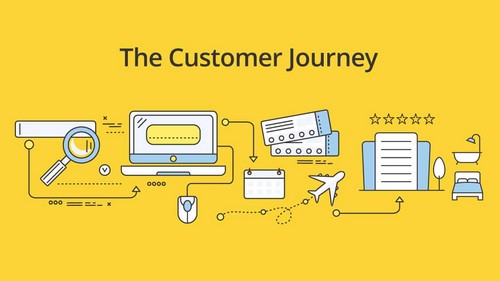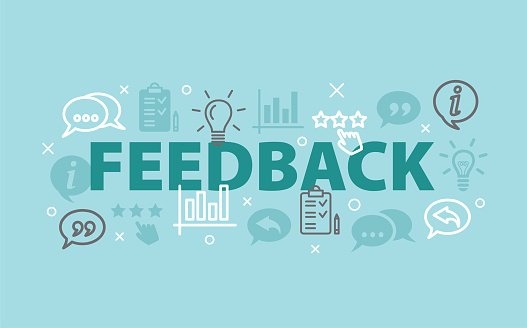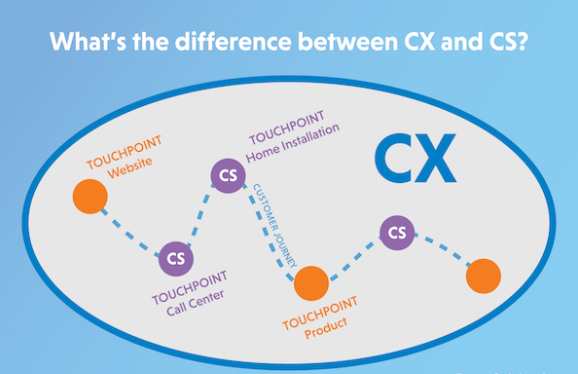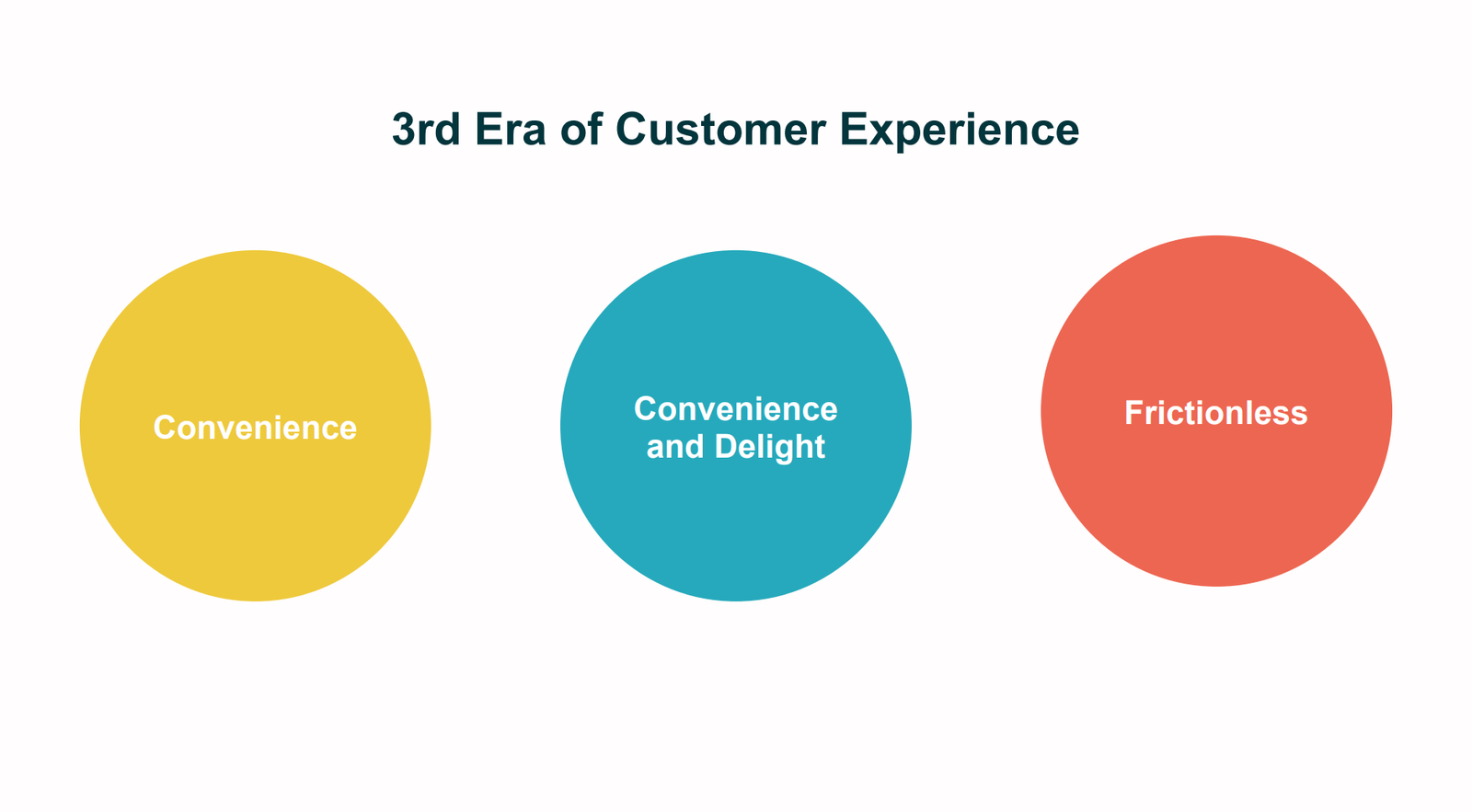CX champions often face challenges if they start new initiatives around customer services. It often isn’t as easy to see the value of customer experience as it is to see the ROI of other investments. However, customer experience is incredibly valuable. Executives often won’t invest in customer experience without “proof,” even if the writing is on the wall. Here is actual proof you can share with your teams. Without a customer focus, companies simply won’t be able to survive. We are living in a time where we face the commodity trap. Too many of our products and services are the same. To stand out in a sea of sameness, CX is the only way to do that. These statistics prove the value of customer experience and show why all companies need to get on board.
Companies with a customer experience mindset drive revenue 4-8% higher than the rest of their industries.
Companies that lead in customer experience outperform laggards by nearly 80%.
84% of companies that work to improve their customer experience report an increase in their revenue.
73% of companies with above-average customer experience perform better financially than their competitors.
96% of customers say customer service is important in their choice of loyalty to a brand.
83% of companies that believe it’s important to make customers happy also experience growing revenue.
Brands with superior customer experience bring in 5.7 times more revenue than competitors that lag in customer experience.
73% of consumers say a good experience is key in influencing their brand loyalties.
Customer-centric companies are 60% more profitable than companies that don’t focus on customers.
Loyal customers are five times more likely to purchase again and four times more likely to refer a friend to the company.
Companies with initiatives to improve their customer experience see employee engagement increase by 20% on average.
81% of companies view customer experience as a competitive differentiator.
68% of customers say the service representative is key to a positive service experience.
The top reason customers switch brands is because they feel unappreciated.
64% of companies with a customer-focused CEO believe they are more profitable than their competitors.
75% of customer experience management executives gave customer experience a top score for being incredibly important to business.
Companies that use tools like customer journey maps reduce their cost of service by 15-20%.
Offering a high-quality customer experience can lower the cost of serving customers by up to 33%.
71% of the companies say the cloud has influenced the customer experience.
Customers are likely to spend 140% more after a positive experience than customers who report negative experiences.
A 2% increase in customer retention is the same to profits as cutting costs by 10%.
Data Source- Forbes






